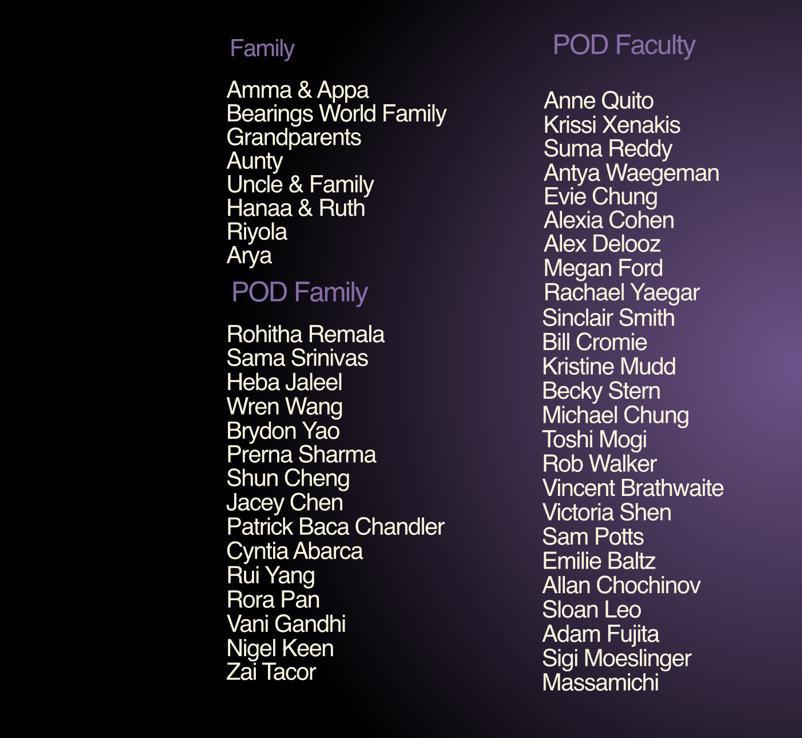
D I S G U I S E Ria John E M P O W E R M E N T I N


D I S G U I S E Ria John E M P O W E R M E N T I N

Moving to a new country is a major challenge, and you really only grasp the full extent of it when you’ve lived it yourself. But imagine adding another layer to that challenge – experiencing violence. Sadly, this is a common reality for many South Asian women.
In the summer of 2023, I was volunteering at a South Asian organization that supported low-income women. As a conversation buddy, I formed a close bond with a woman in her mid-thirties. We met weekly to practice English, and over time, she opened up to me in a way that felt like I was her confidante. It became clear to me that she had big dreams, but she felt trapped within the confines of her home, burdened by the responsibilities of her children.

During our conversation, she said “I feel like I am stuck in a Grave, I am of no value to anyone”. I still remember these lines to date. After losing contact with her, I reached out to the organization I volunteered with, and that›s when I got hit with a harsh reality: most of the women in the organization were living in abusive homes.
That shook me to my core, and I dove headfirst into researching the topic. What I found enraged me. In today›s supposedly modern world, our community is still clinging to outdated beliefs. Many South Asian women who move abroad after marriage end up in horrific situations they never anticipated. They come to the US as dependents to their husbands, only to find themselves unable to open a bank account or even work.
In this book, I am laying out my efforts to empower South Asian women to break free from these violent environments. It›s time to challenge the status quo and fight for a better, safer future for these women.
1.Introduction
2. Research
Source Research Co-Creation Workshop
SME Interviews
Prototype


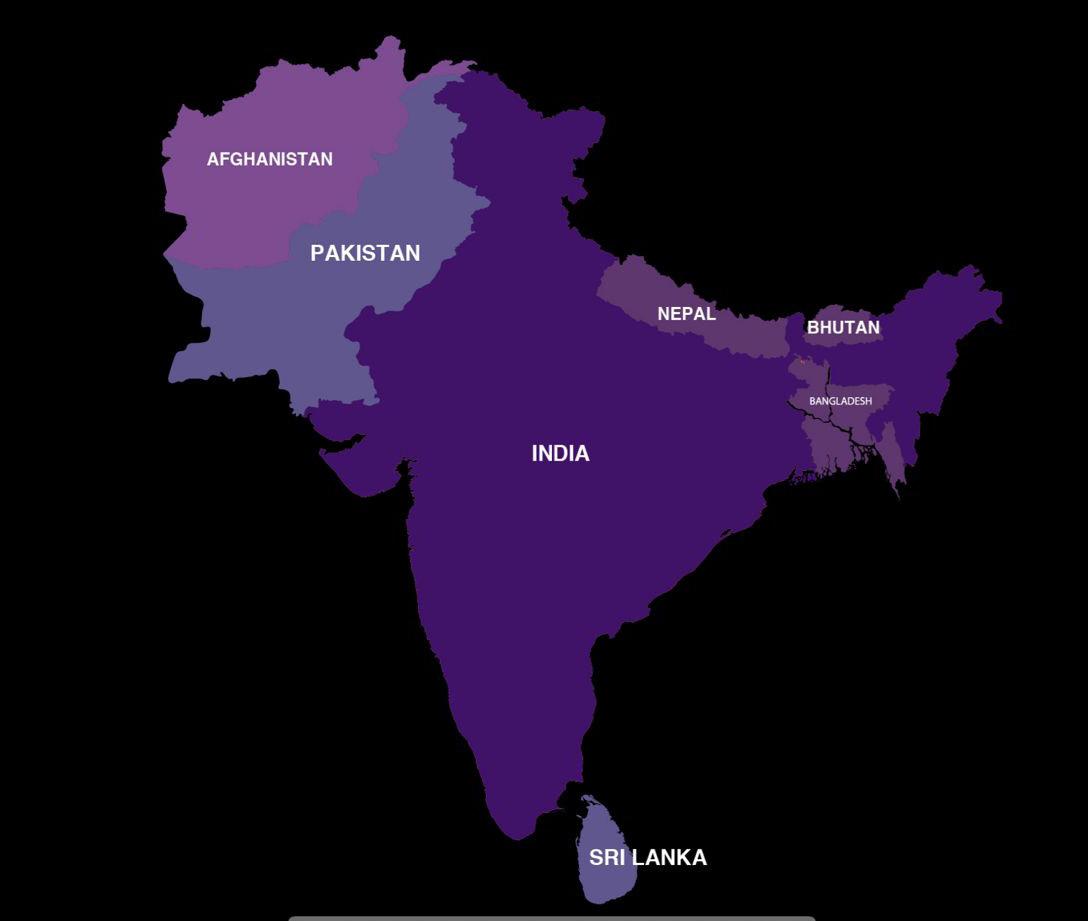
1 in 3 women experience gender based violence globally, however 2 in 5 women experience gender based violence in the United States. This statistic is concerning because the South Asian community is a growing population in the United States. As a South Asian woman in the United States, the probability of them experiencing violence here is 40% - 60% higher than if they were in their hometown.
The CDC-P’s National Intimate Partner and Sexual Violence Survey (NISVS) found that more than one in three women (35.6%) have experienced rape, physical violence and/or stalking by an intimate partner in their lifetime and reported significant short- or long-term impacts, such as post-traumatic stress disorder symptoms and injury (Breiding et al., 2011). According to the World Health Organization (2013), South Asia has the highest regional prevalence of IPV worldwide at approximately 40 percent. Community based studies conducted in the United States, albeit scant and with limited sample sizes, 2 have similarly indicated that South Asian women experience IPV at rates ranging from 40 percent (Mahapatra, 2012; Raj and Silvernman, 2002) to 60 percent (Adams, 2000). In contrast, the NISVS, the United States’ leading surveillance survey of violence against women, found that Asian women have the lowest Intimate Partner Violence prevalence rates compared to their White and non-White counterparts.
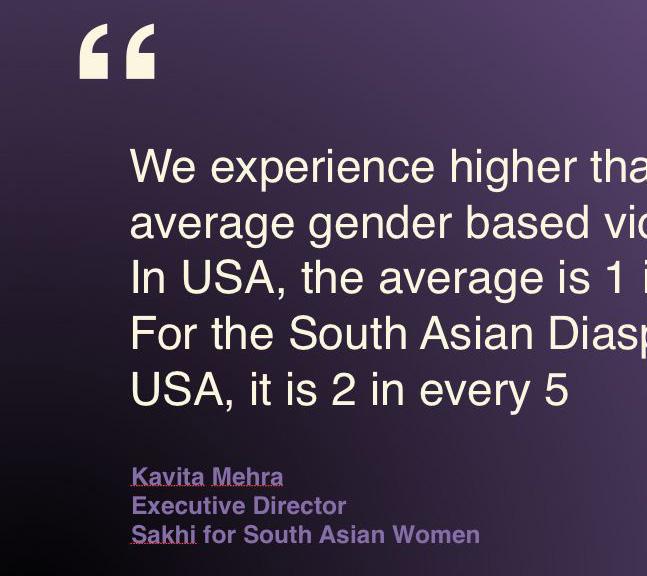
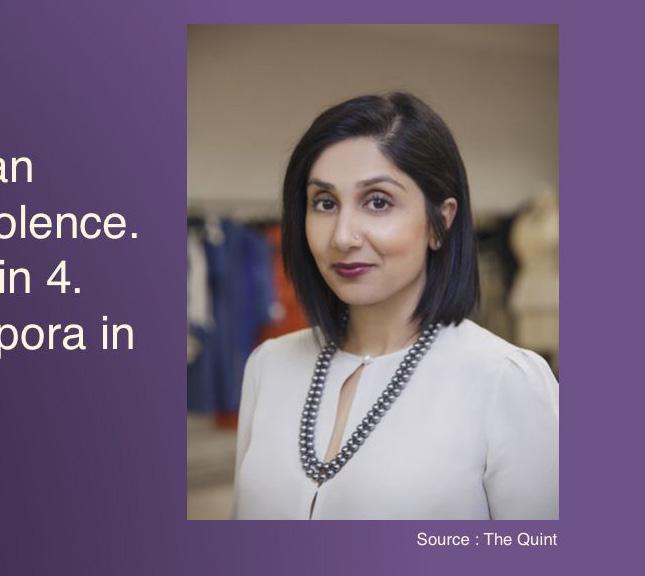


With the years the statistics are also rising. Yet there is very little studies or data that represents this problem. The curve of data present in ratio to women experiencing this is highly disproportionate. In fact, the percentage of domestic violence skyrocketed to astonishing numbers during Covid-19. Therefore despite having progressed in technology and Innovation, some basic ideals have not progressed yet. Some of the reasons why a south asian woman is more likely to be abused abroad is because of the lack of resources and support she has. Most women move as dependents of their spouses. As per law, she is not allowed to work or have a bank account under the h4 visa category. She would be living under the full control of her husband. Even if she is to apply for her own visa category, she would still have to wait for 4 - 6 months before any action could be taken. Another reason why she is still stuck with her abuser is because of no financial independence. Children add another layer to the whole situation. Even if she decides to leave with her children, she would not be able to sustain herself and her children.
Through this thesis, I am designing to break the cycle of patriarchy. I am looking to design products and services that could encourage these women to step up and stand up. Some other areas I am interested in is how they can achieve financial independence. I also want to highlight and throw light on patriarchy and normalization of patriarchy in South Asian communities. My goal is to empower South Asian housewives to gain agency over their lives. To encourage them to leave the toxic environments they are currently in and break free from the abuse.
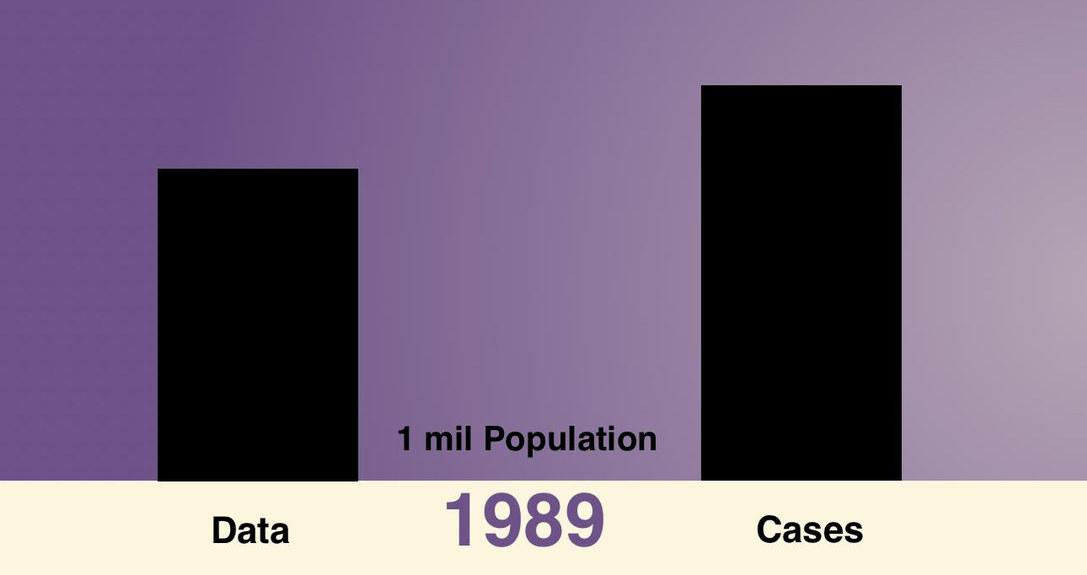

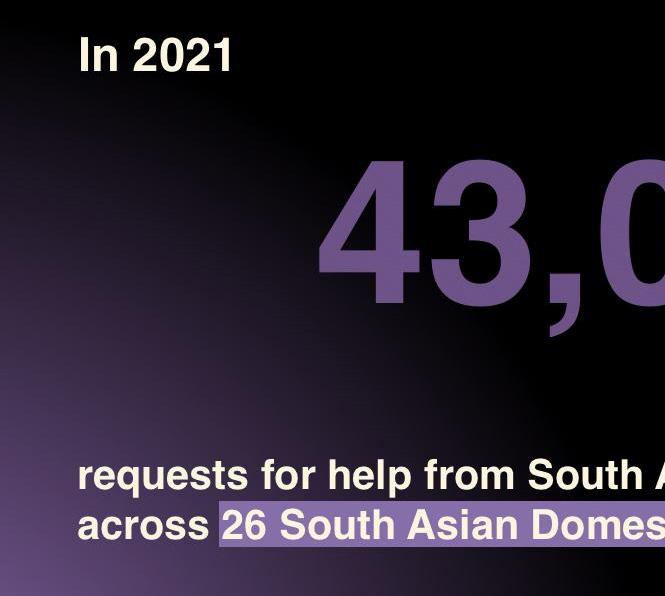
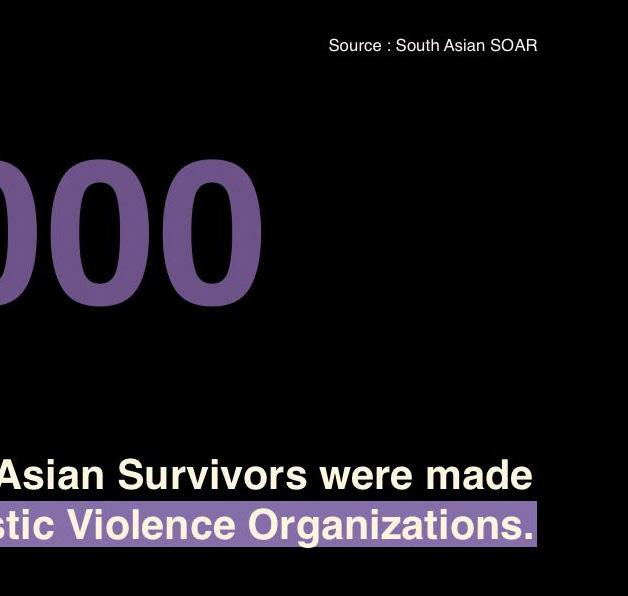
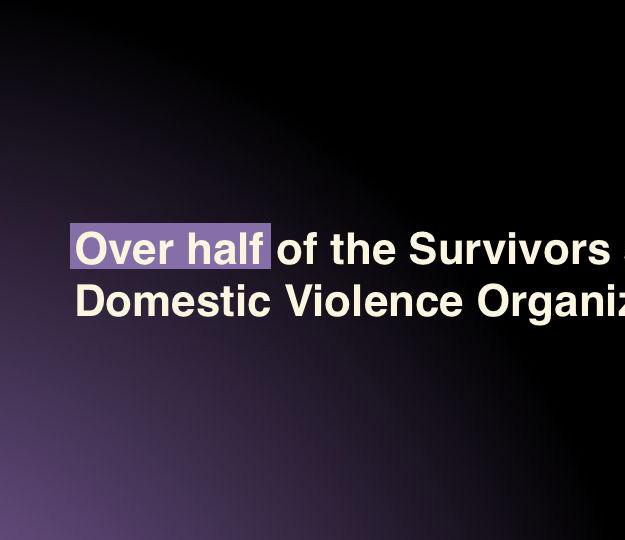




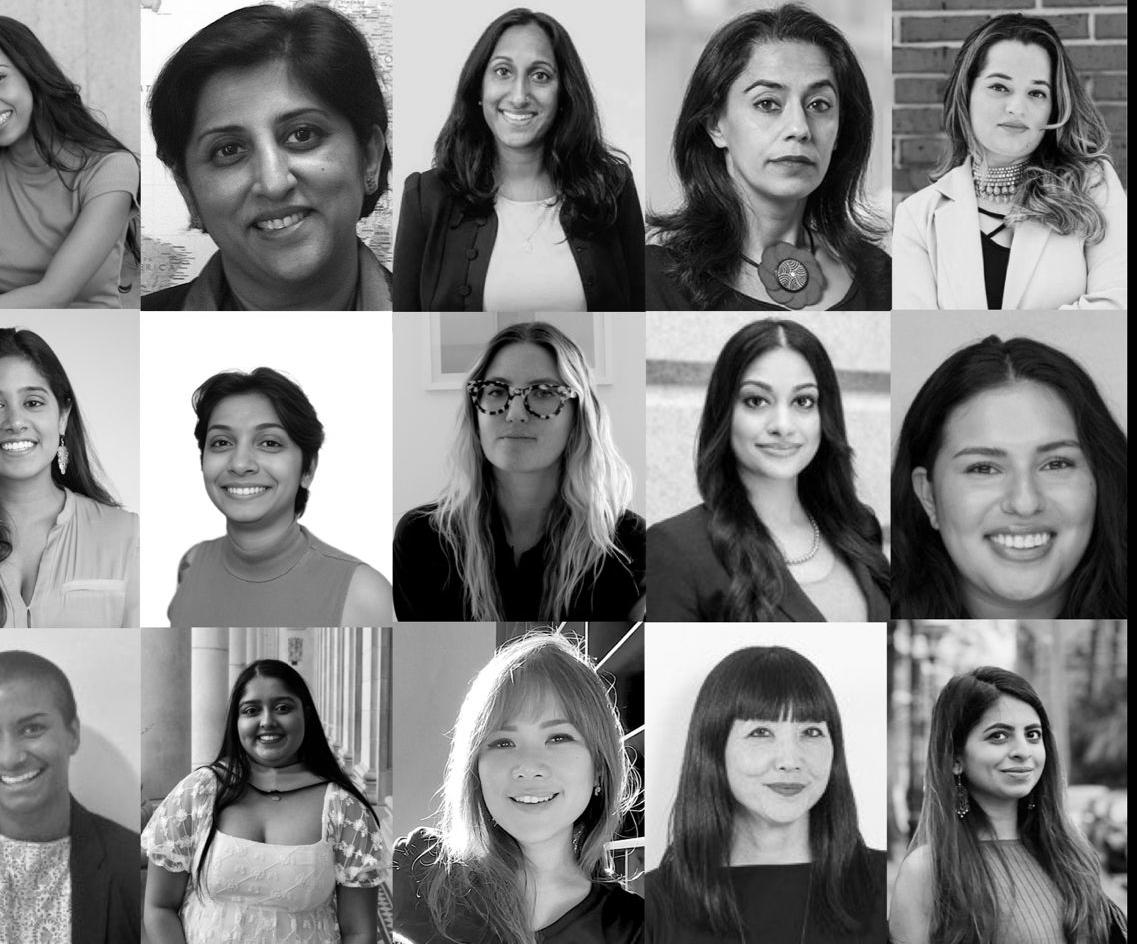
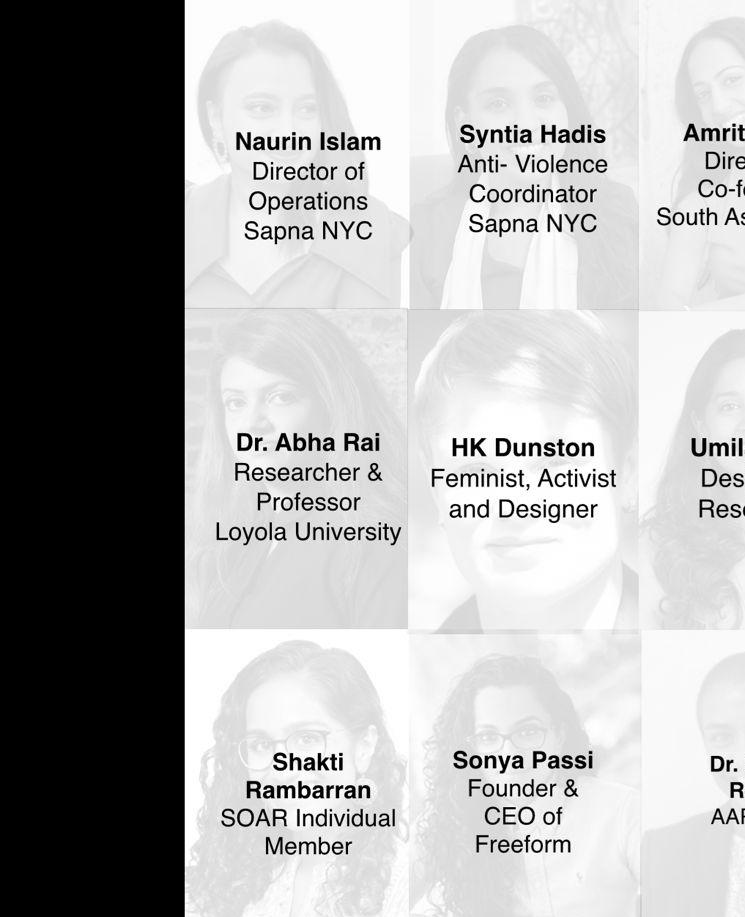


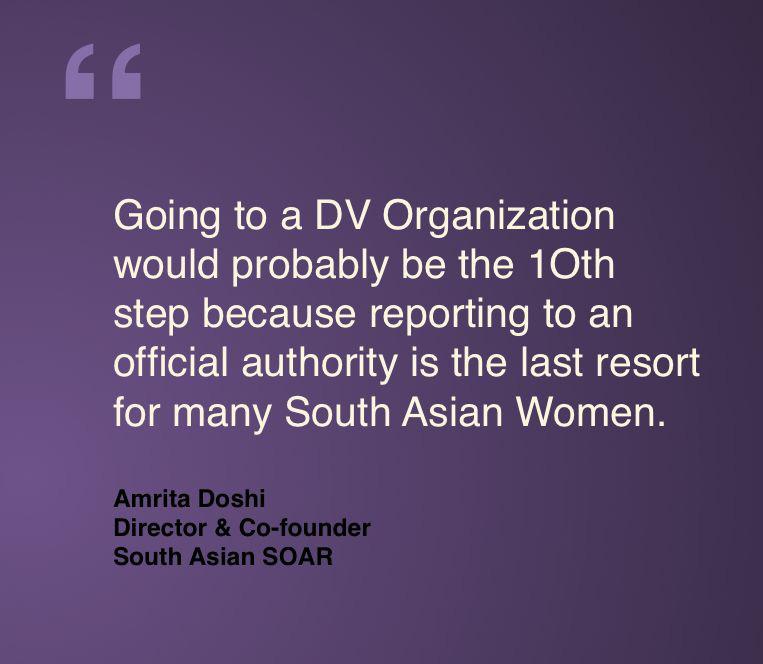

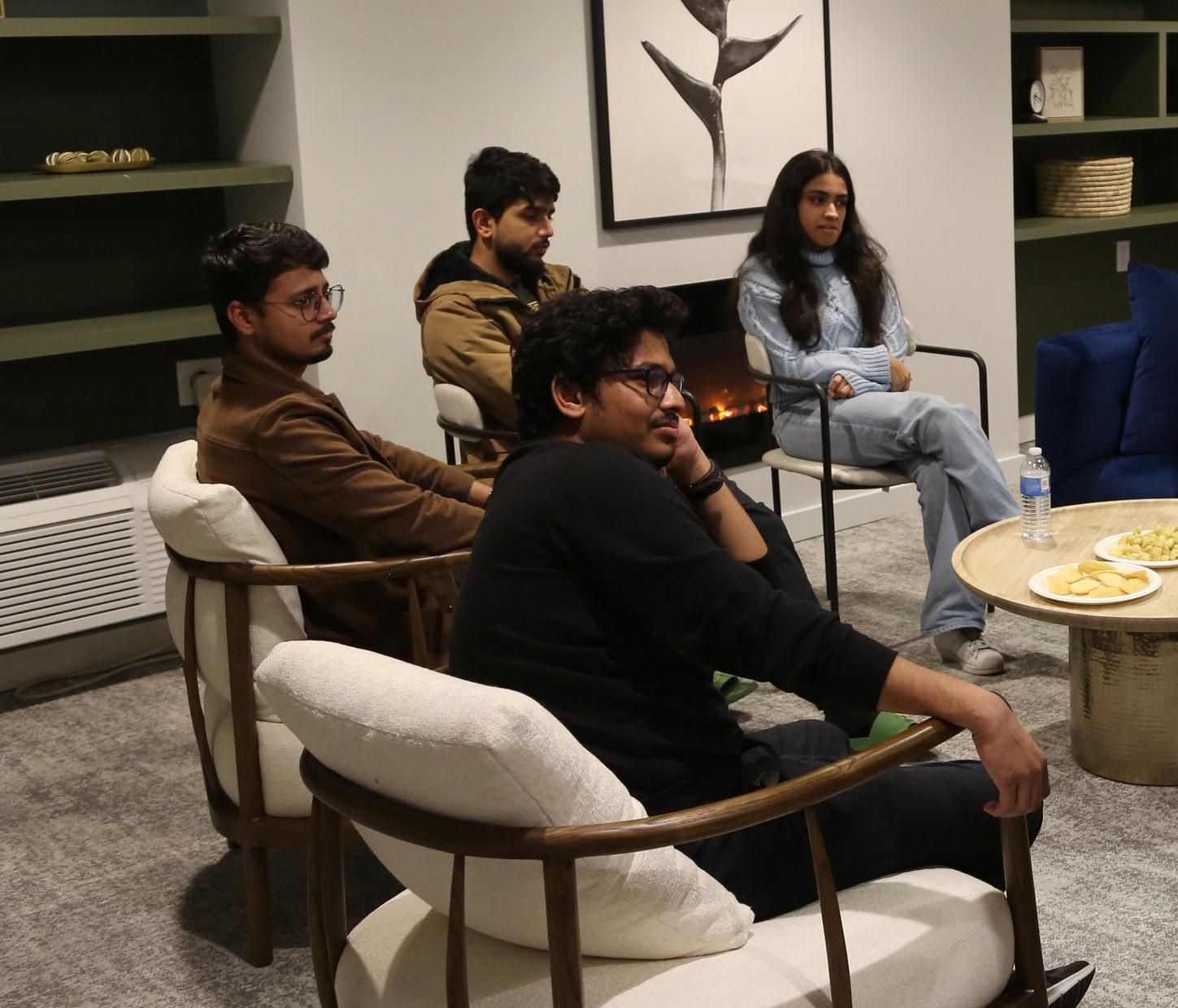
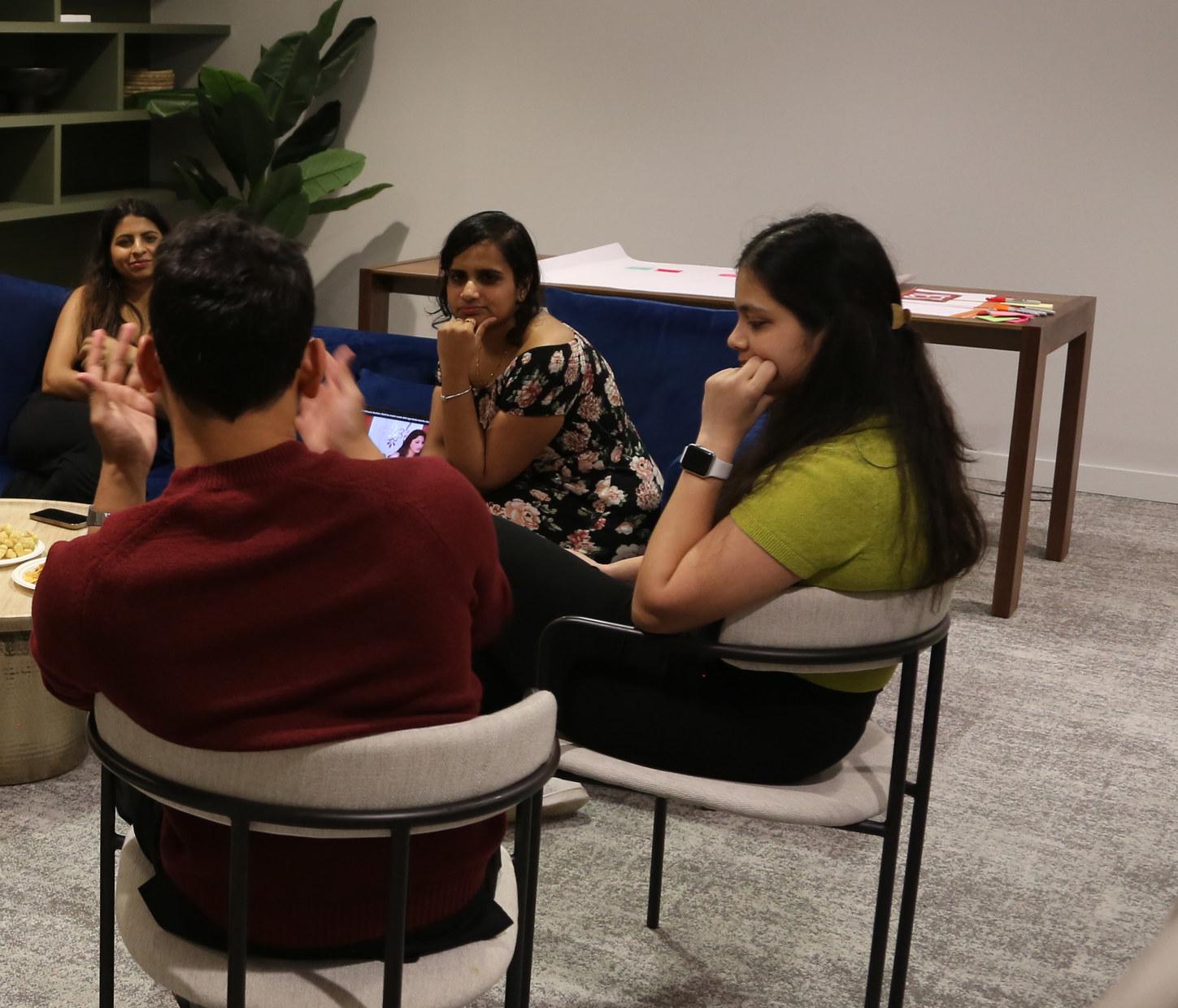
I did not know Domestic Violence Organizations existed until you mentioned them. ,,
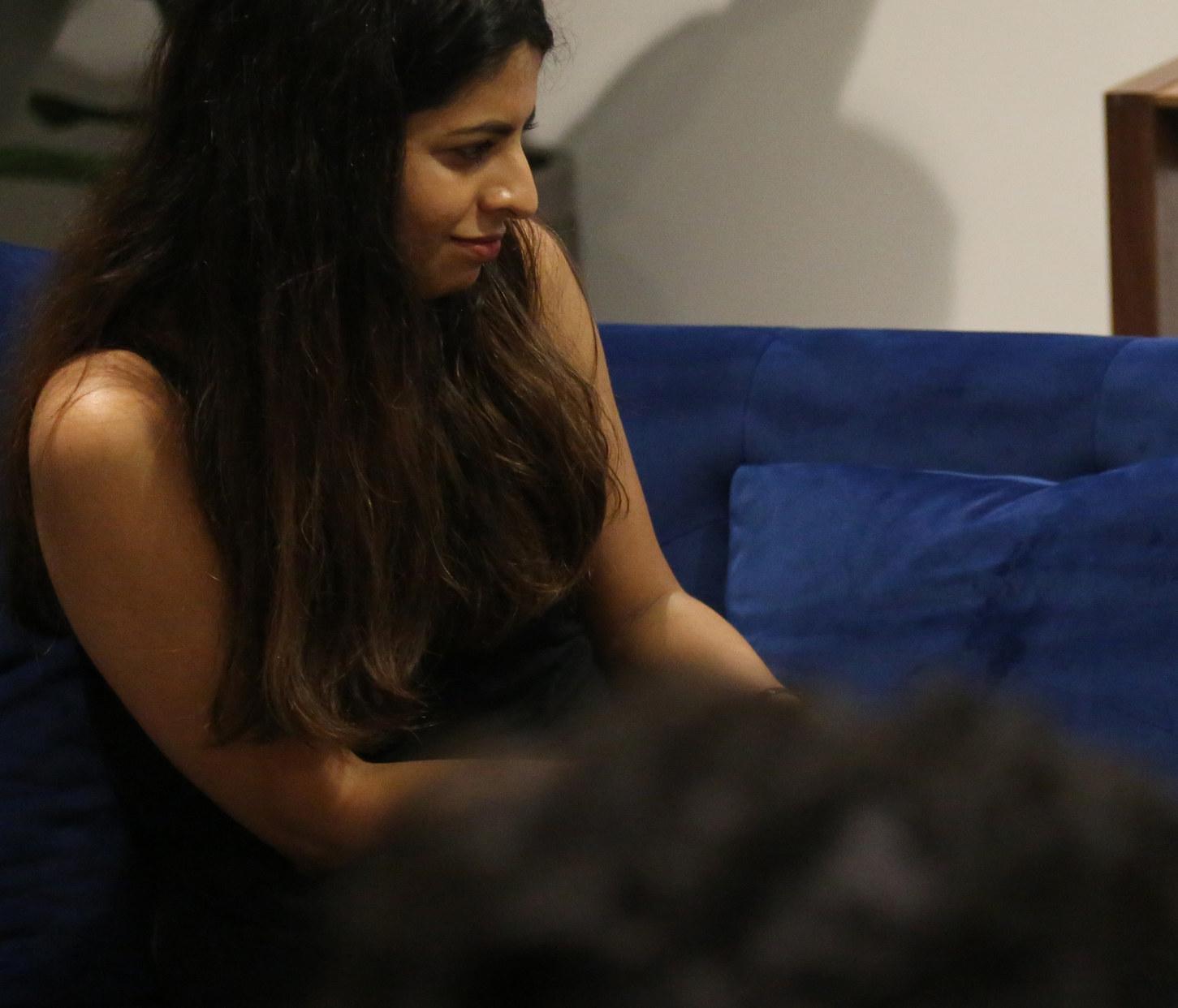


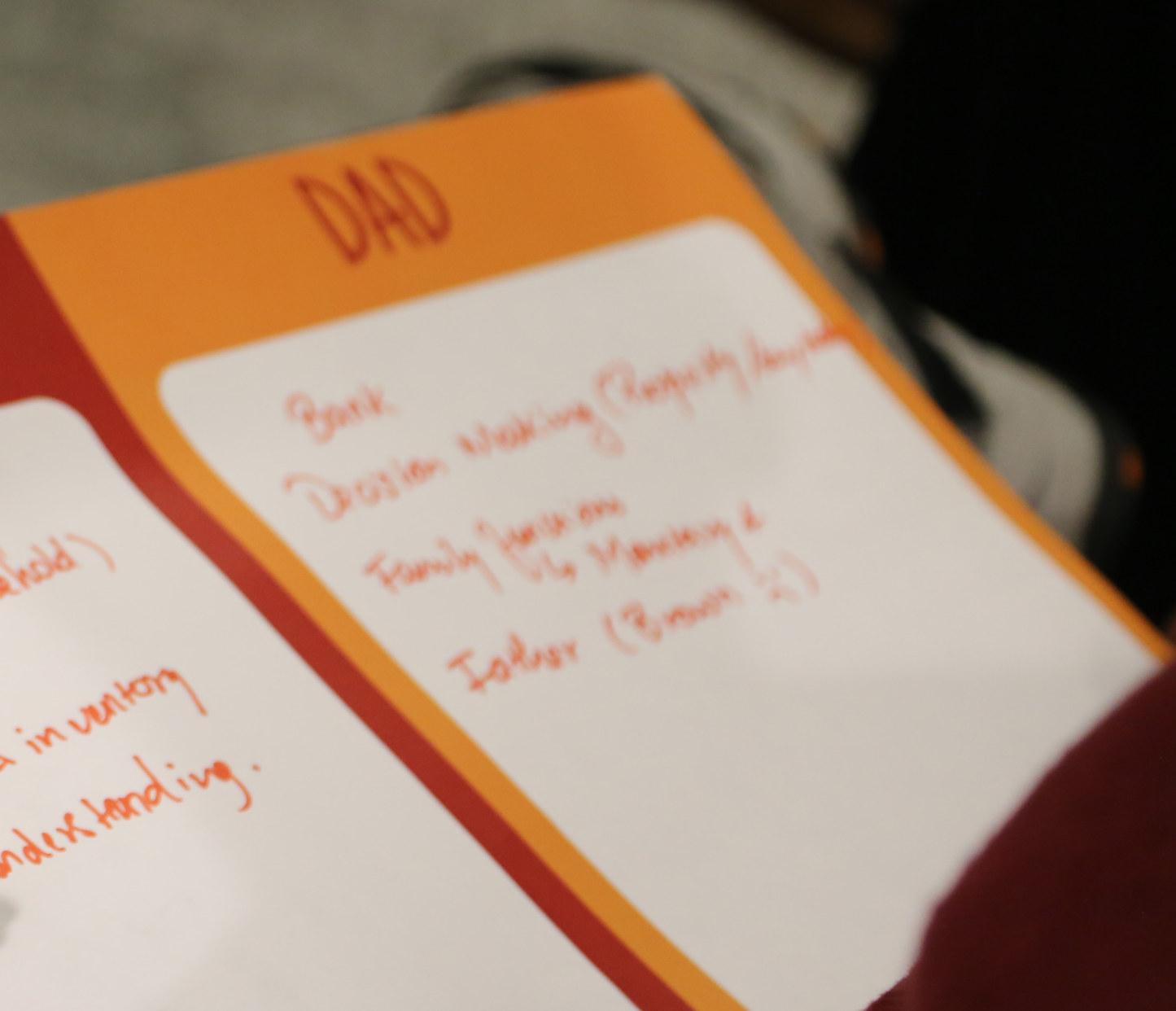

This workshop was conducted to have an open discussions about the life of a South Asian woman.
Most of the workshop activities revolved around the identity of a female in South Asia.
The activities conducted in this workshop were constructed to encourage a discussion between the opposite genders. To also understand their views of the society in relation to their gender and identity.
Some of the questions asked during the workshop was :
1. How they perceive a South Asian Woman
2. Portrayal of a South Asian Woman in media and entertainment.
3. Family dynamics and distribution of responsibilities in their home.
4. What would they do differently as the opposite gender.
1. Women were more aware of the biases and reservations in society as compared to the men.
2. Most of the participants were raised or influenced by their mother during their formative years. The father figures were mostly involved with financial decision making, or monetary decisions.
3. Freedom was a common theme that most females yearned for if they were the opposite gender.
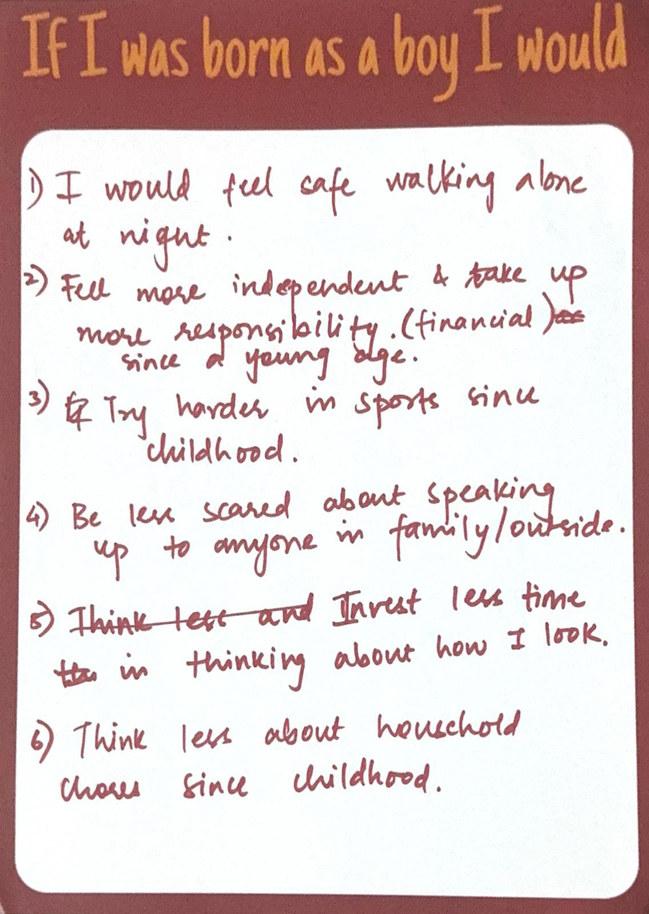





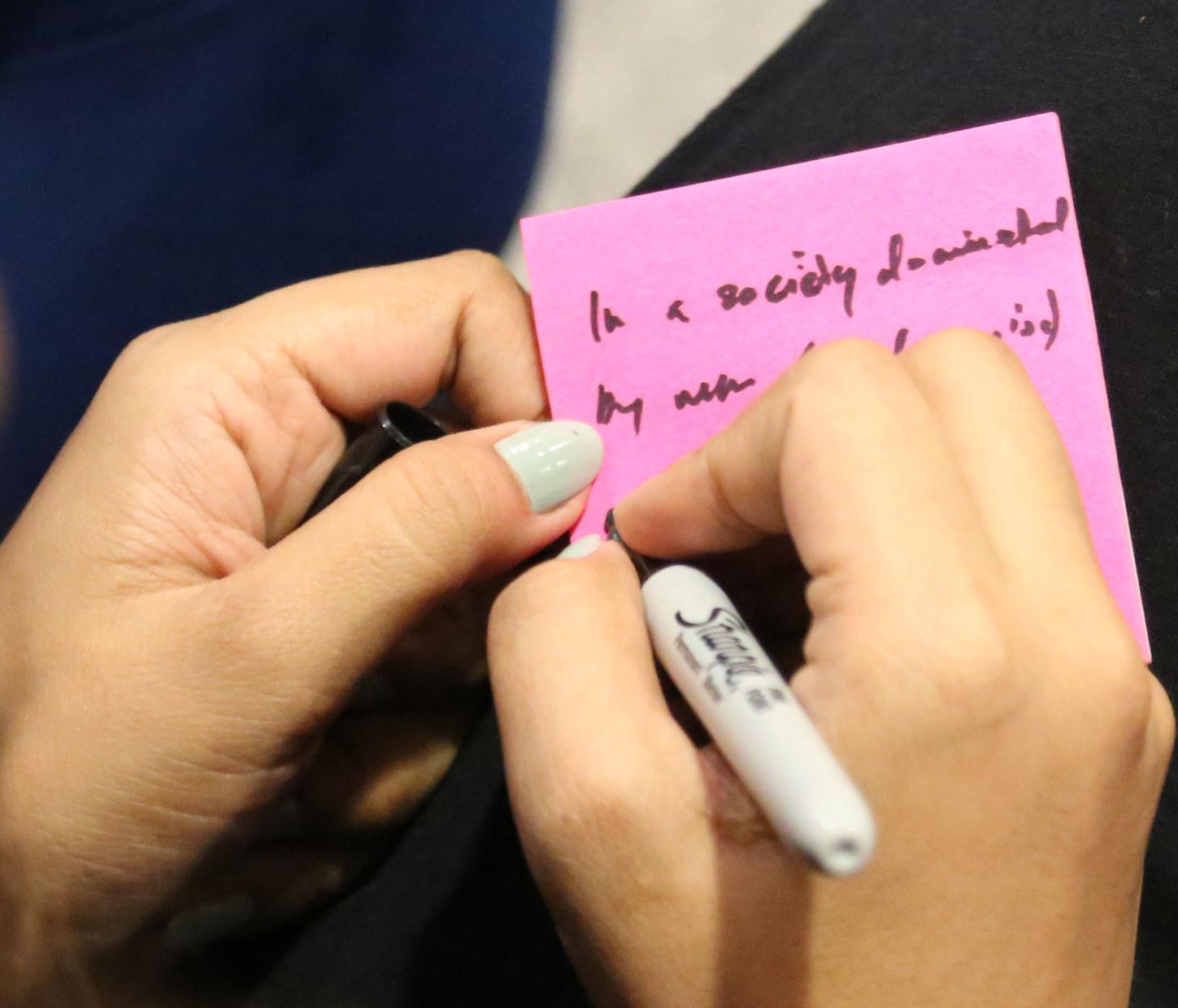


To help South Asian women express their emotions as well as release some stress , I designed a prototype that really started out with the Ideation for the projects later on. i designed a booklet that would let women experiencing violence to let out their feelings and stress by simply writing on this book and then flushing it away.







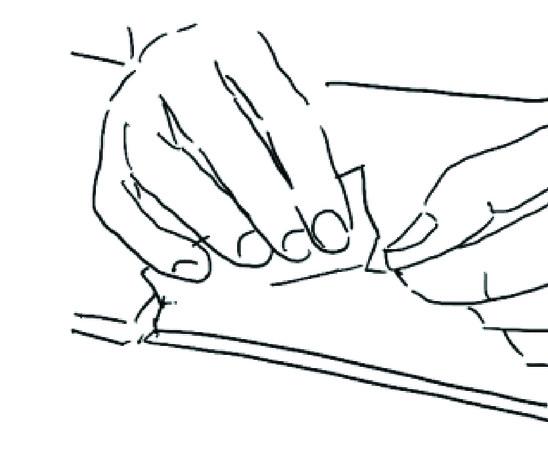




















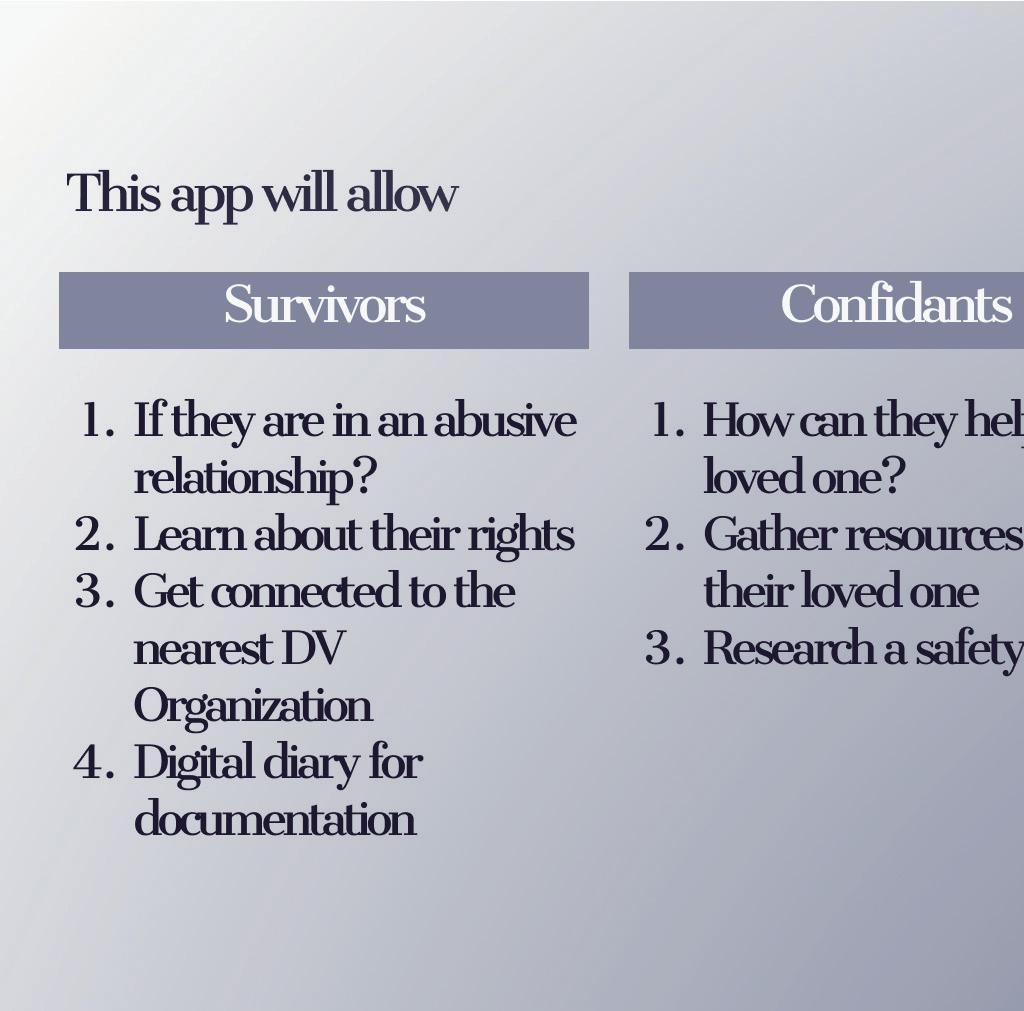











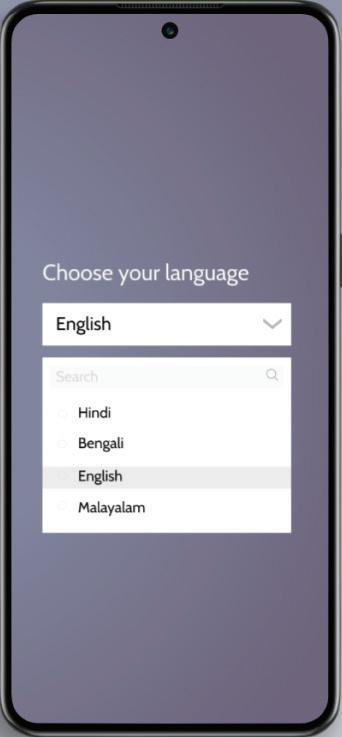


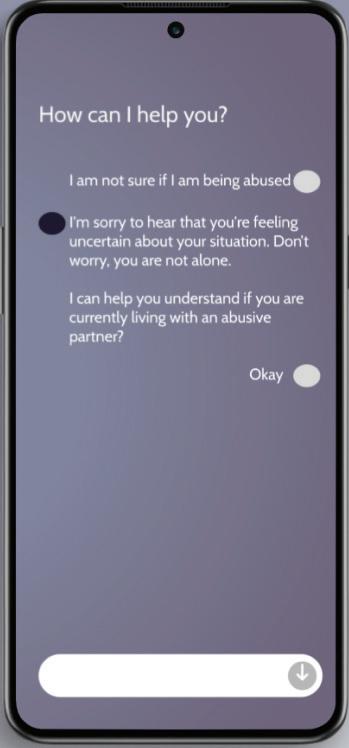
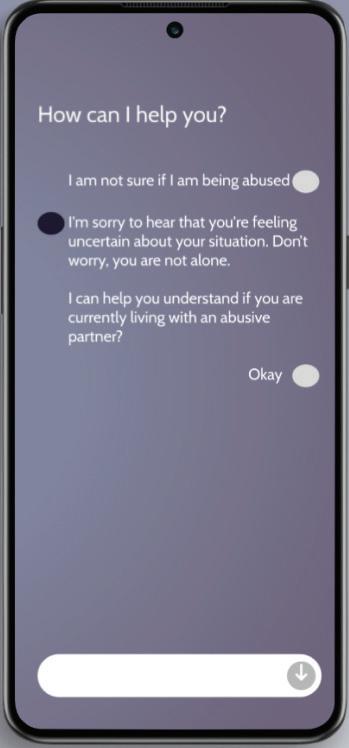





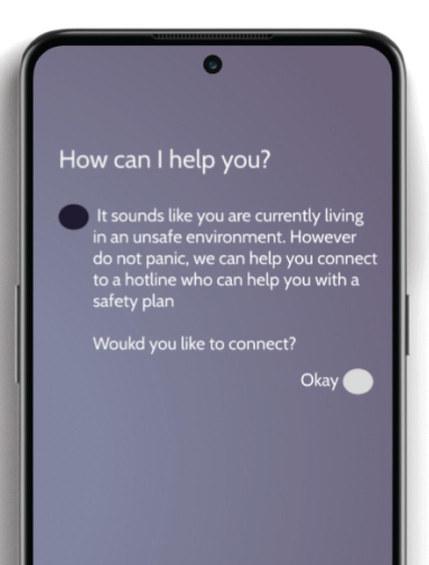






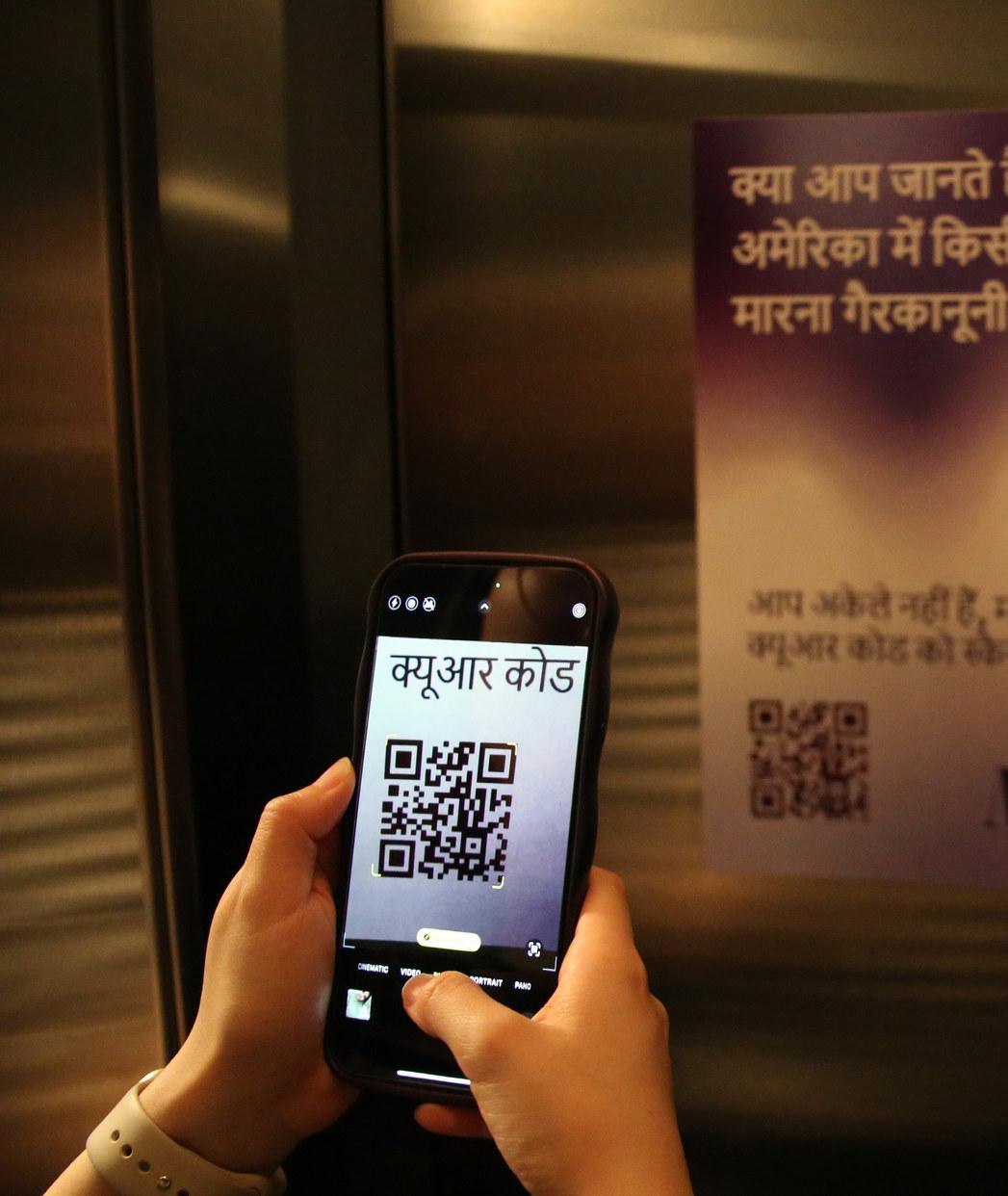
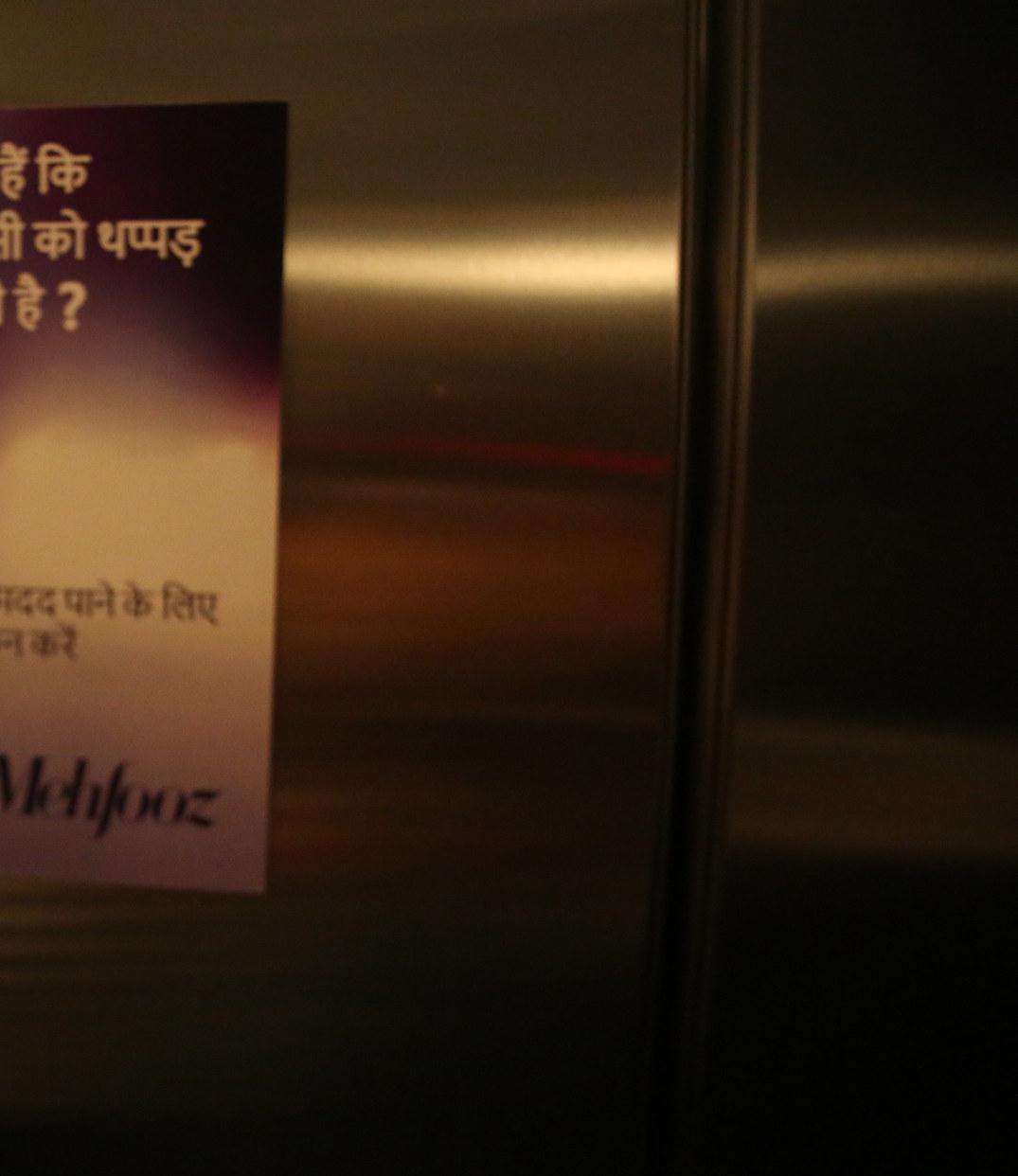






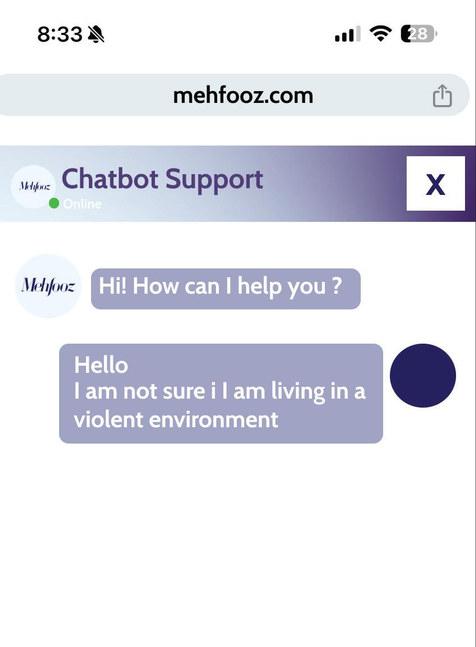

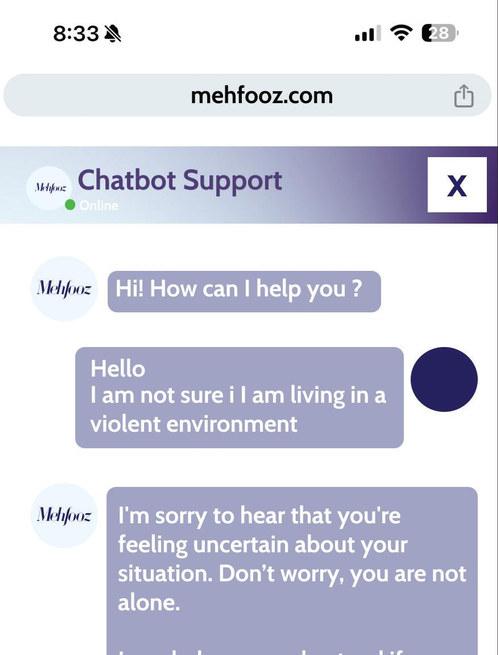

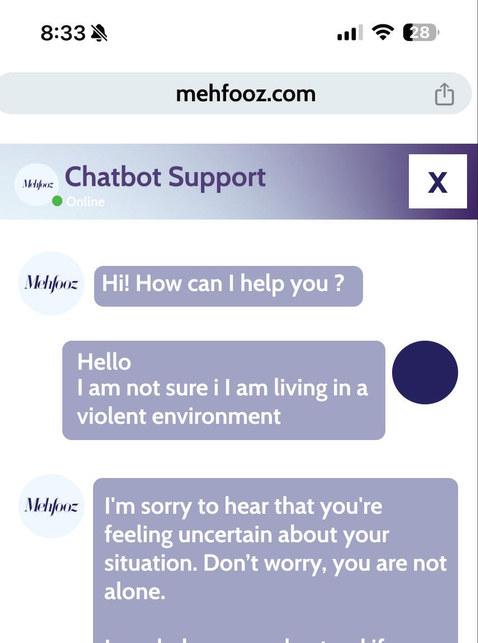
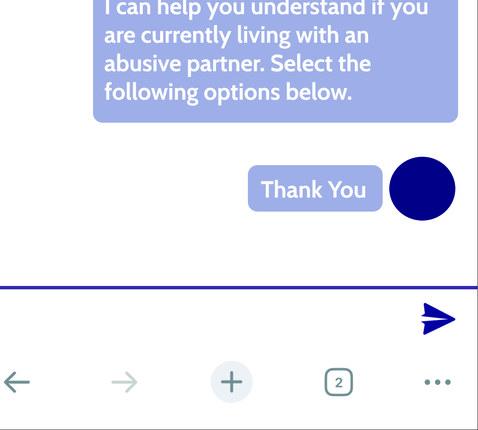


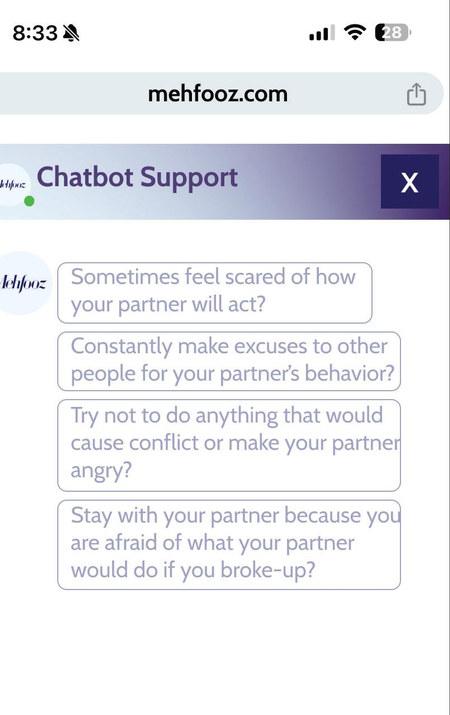













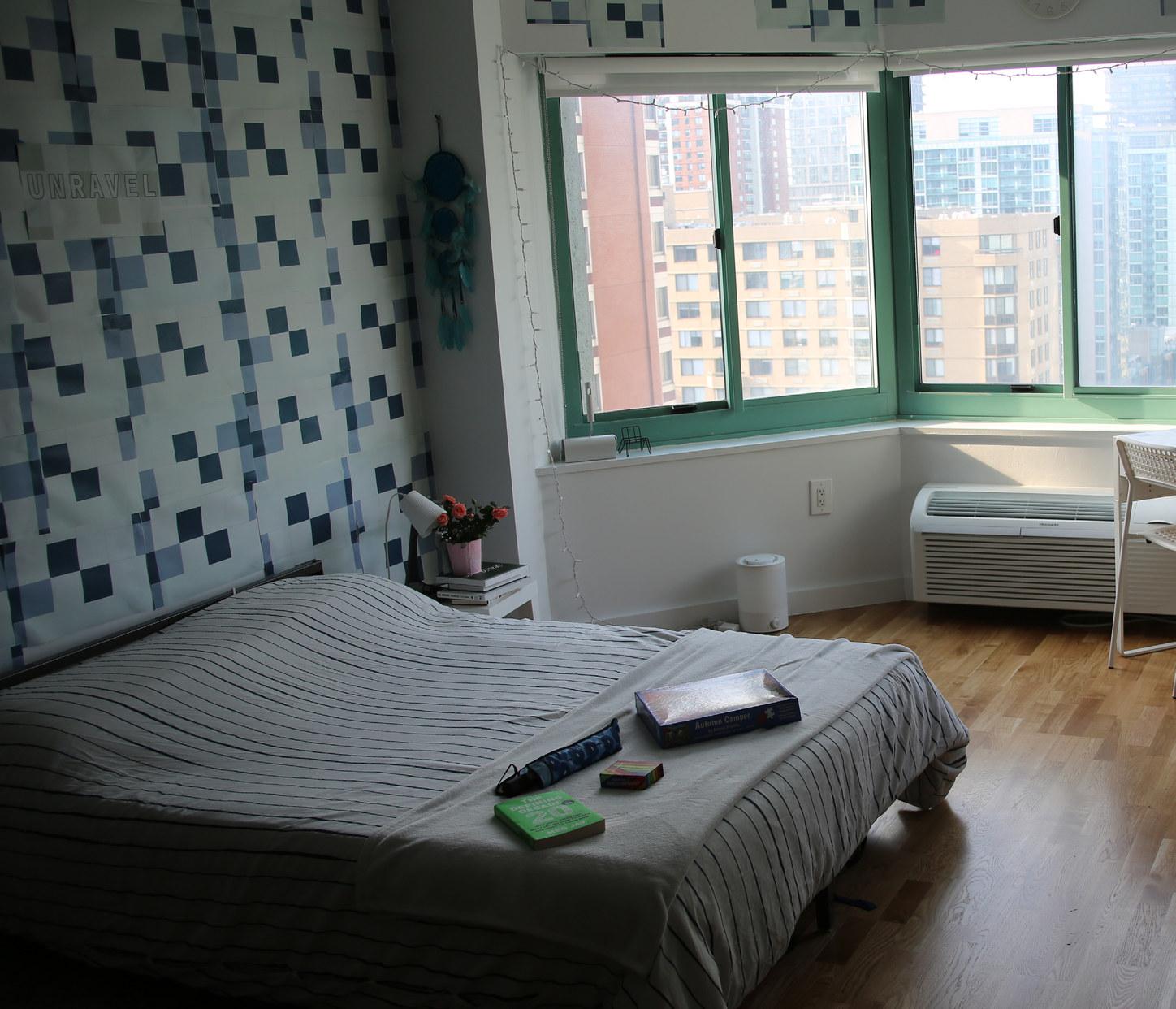

Unravel is an experience designed to understand the life of an Immigrant South Asian Housewife living in the US. Each participant is given prompts and a time limit of 2 mins. They have to hide the given items that their partner then finds.
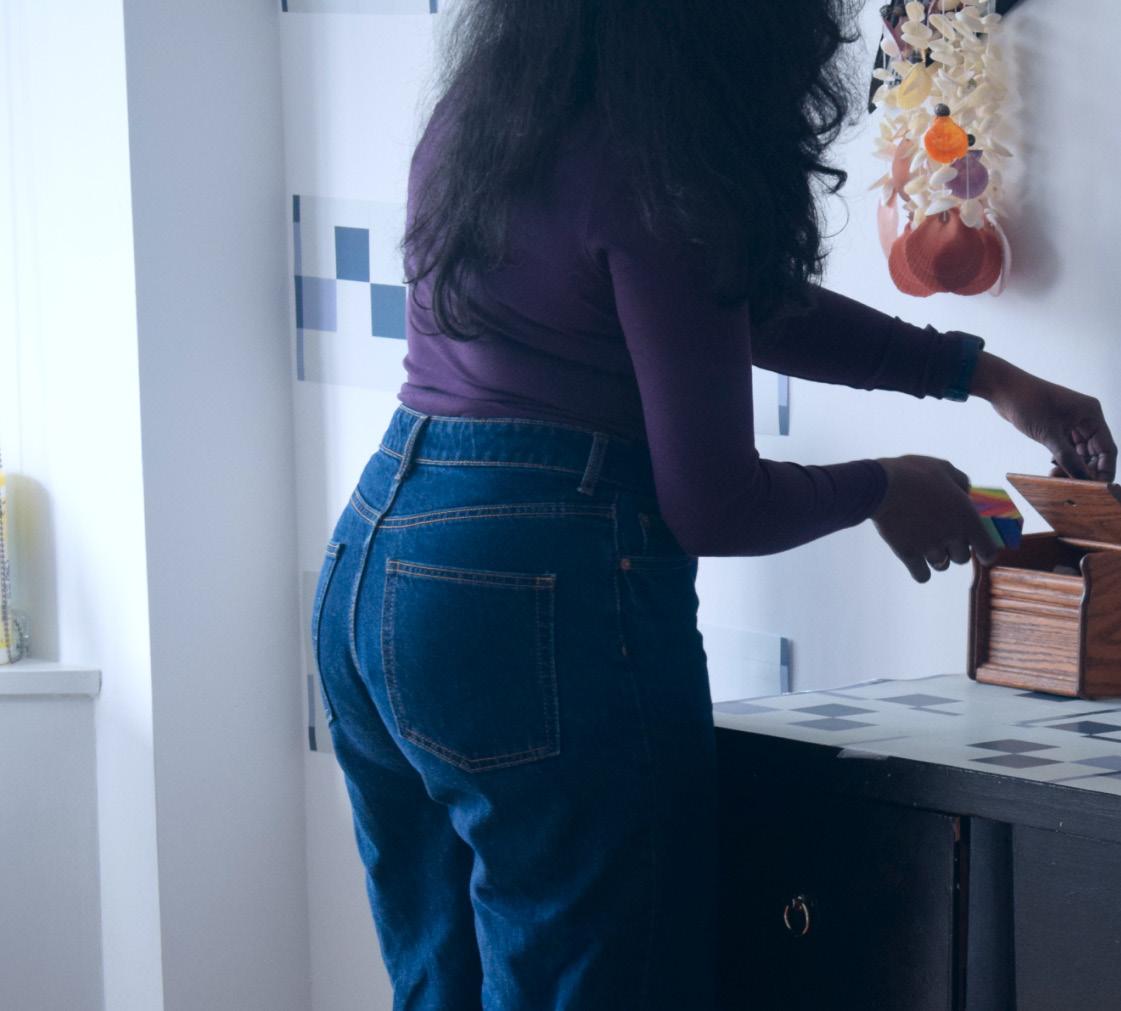

















Noor is a Safety Box designed exclusively for South Asian Women who are trying to cope with a violent partner.
The box could be used to store important document. Since the box uses menstrual packaging, a stigmatized product that men usually do not touch. This box could be a safe way of storing.
The box also gives them access to a QR code that leads them to an app where they can gather evidence. The app is disguised as a menstrual tracker.



































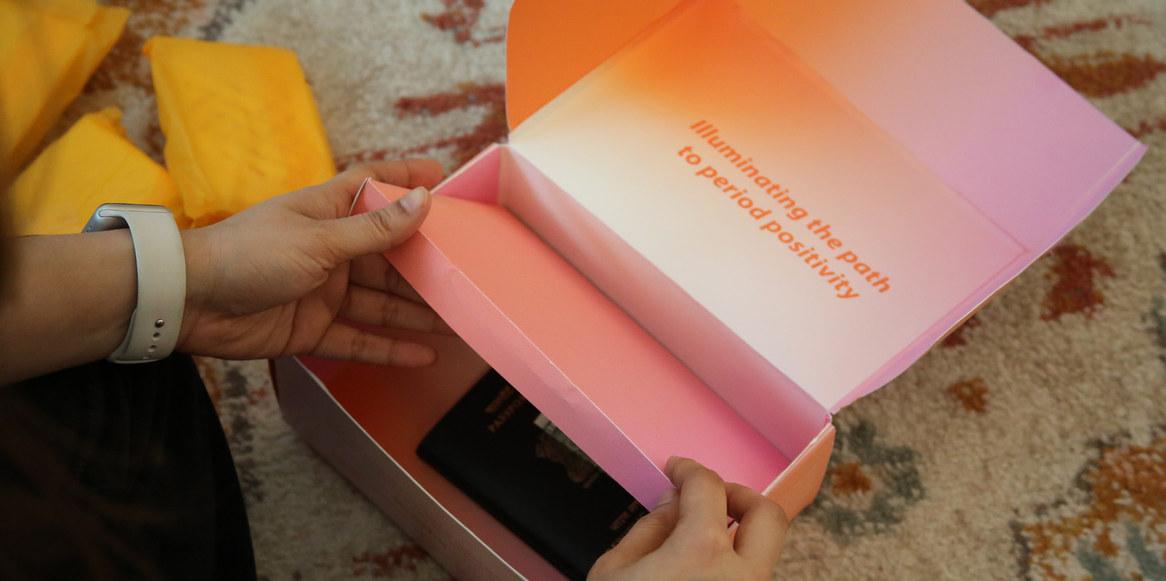
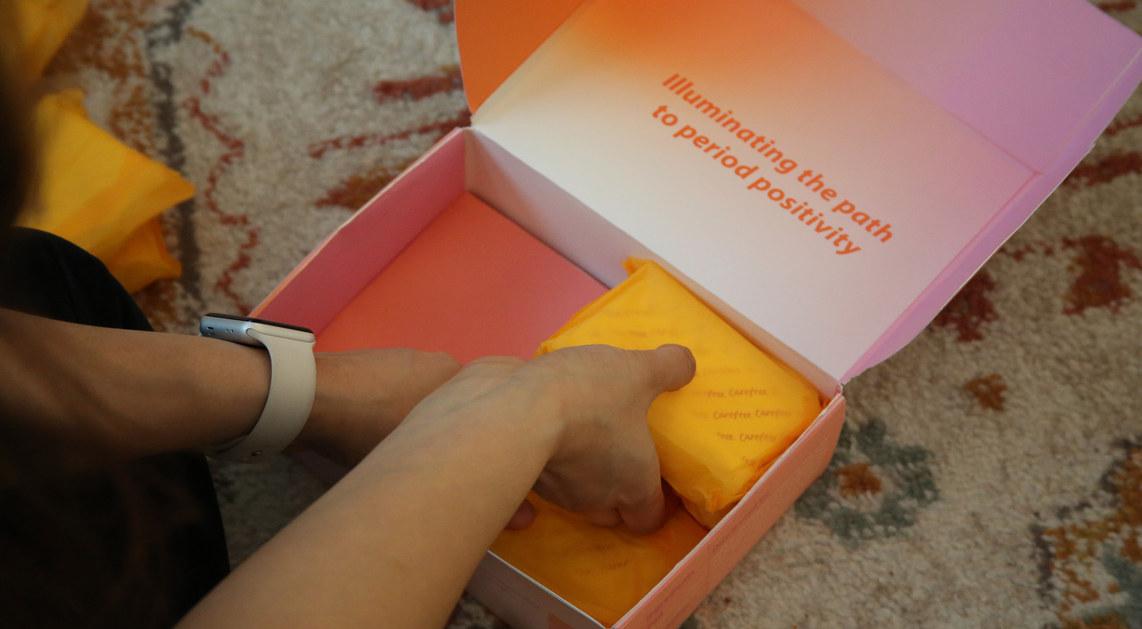

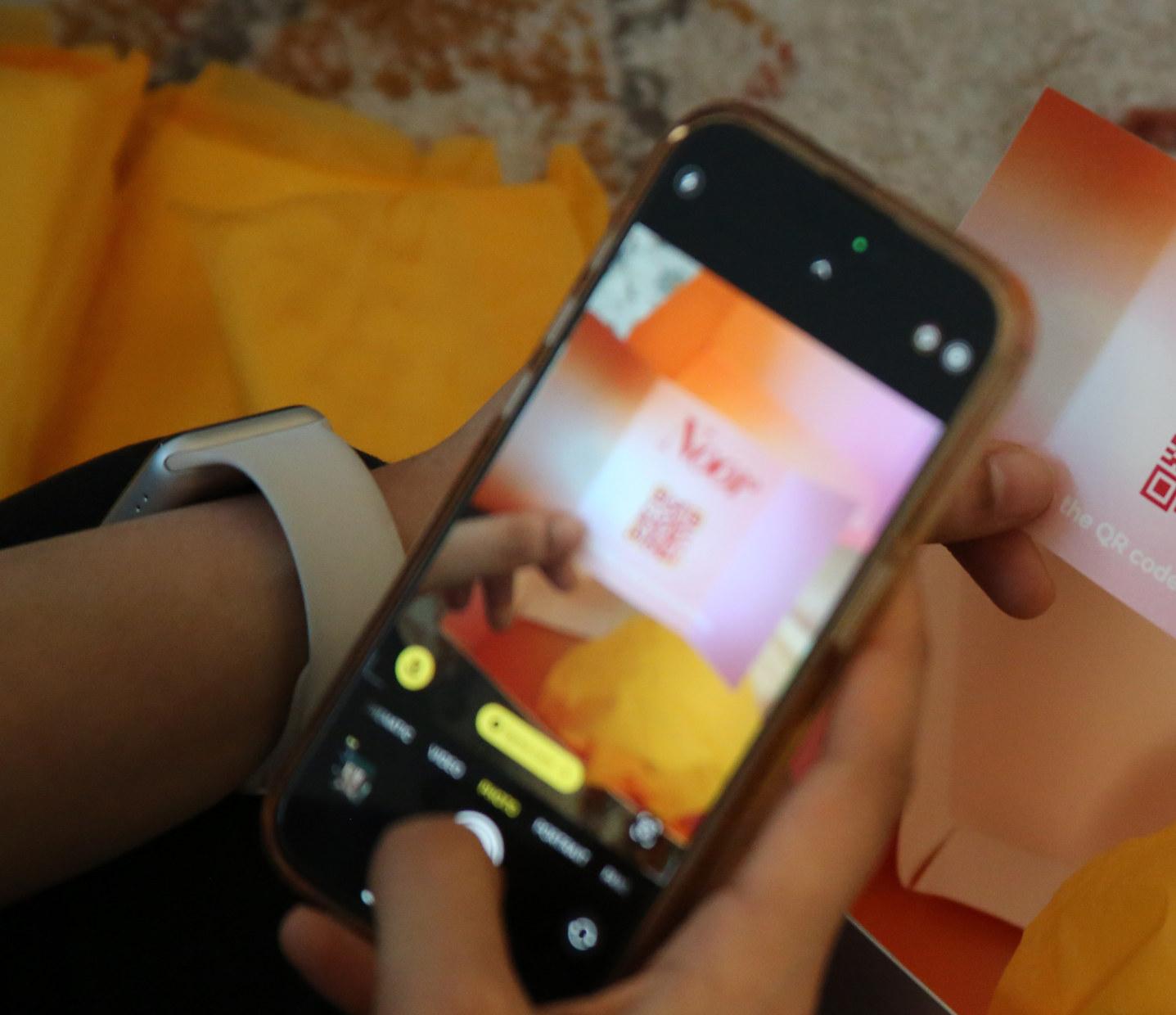
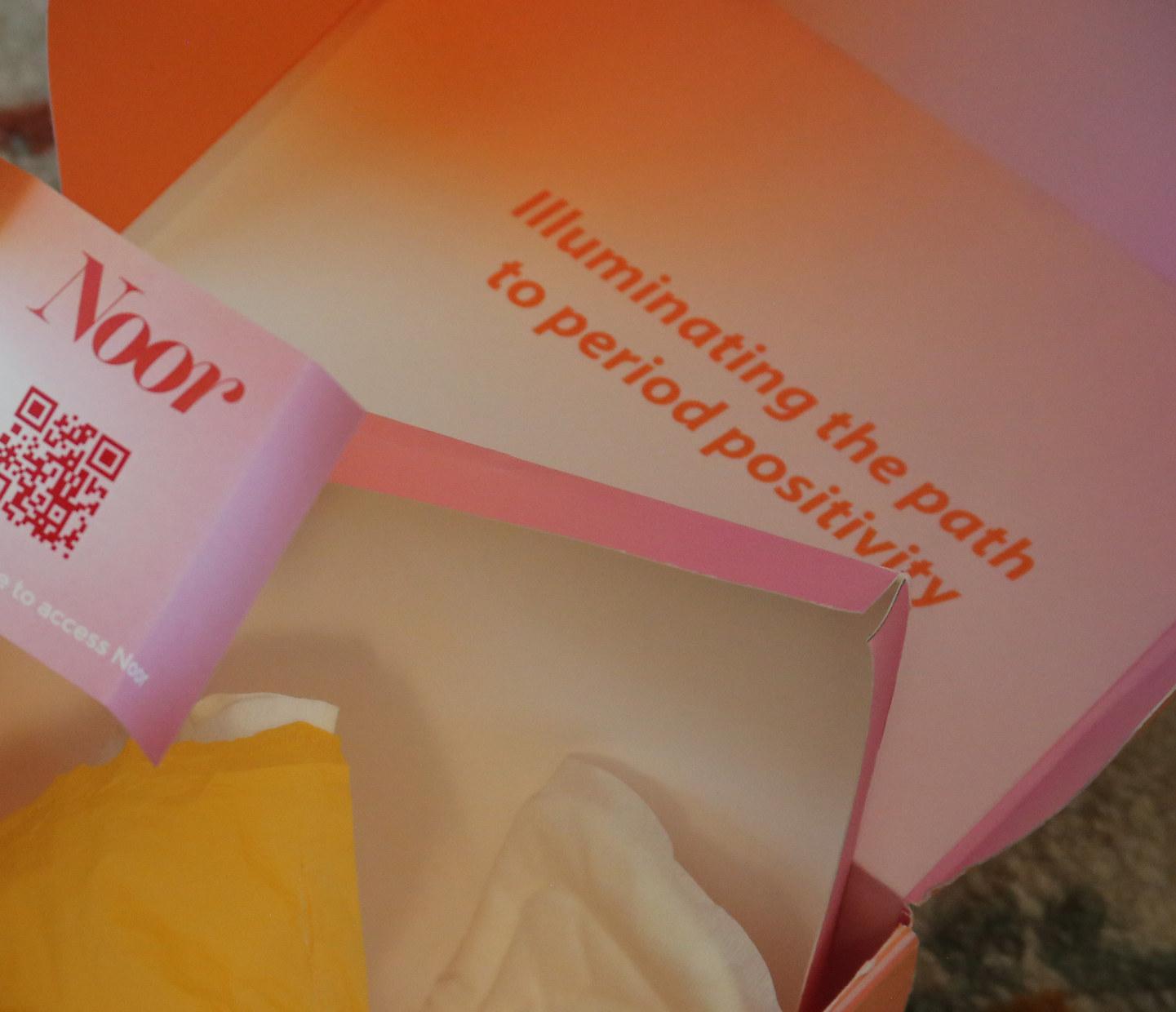



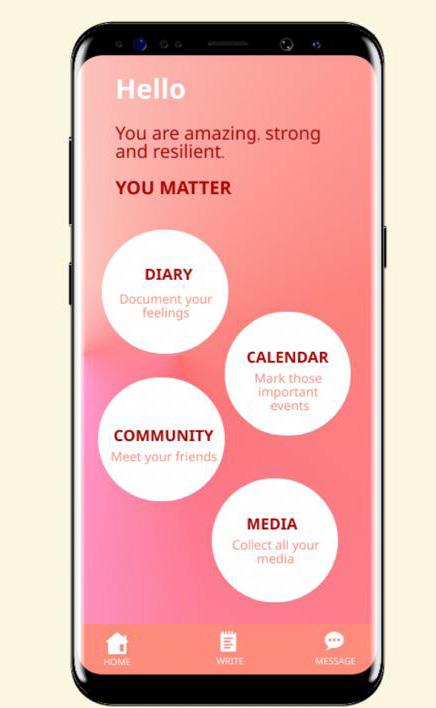



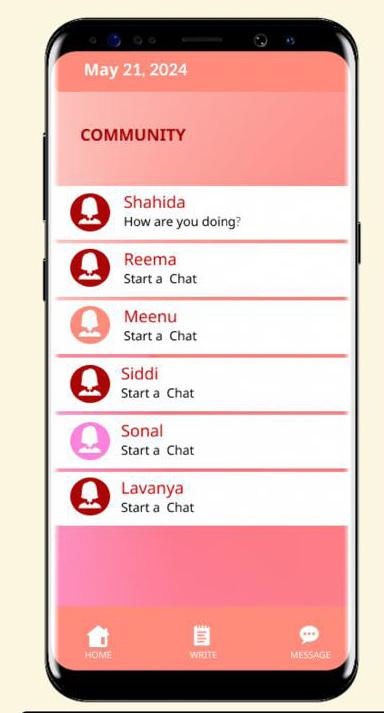






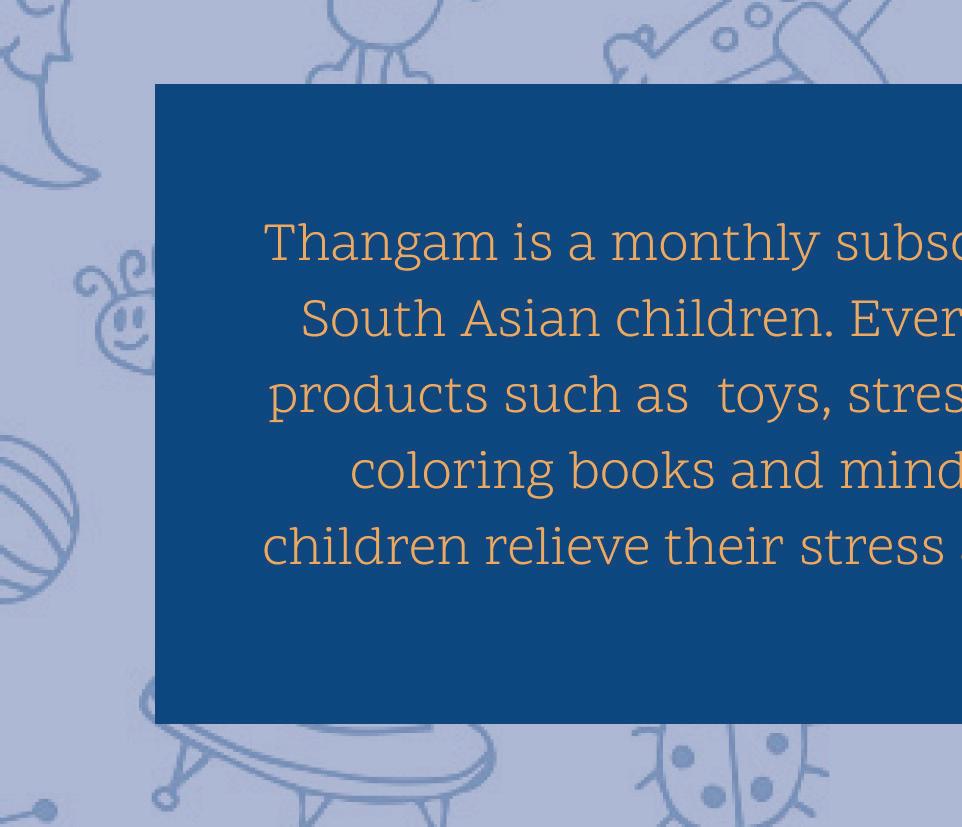

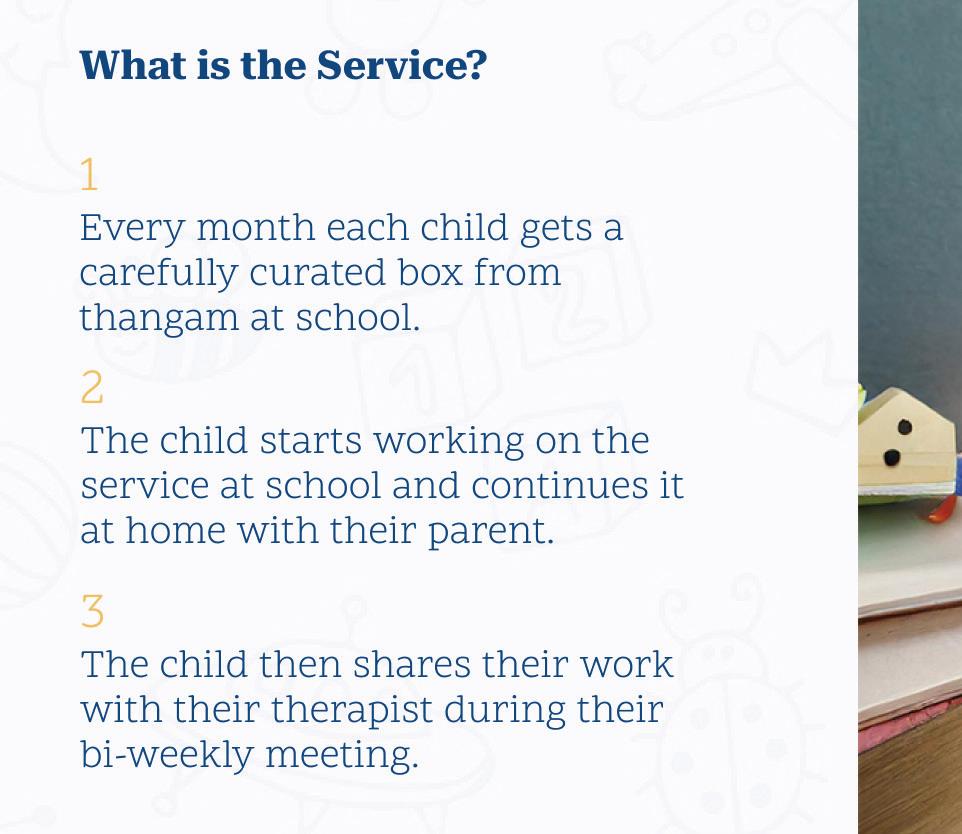



Khandhar, P. R., & Zaman, M. (2015). Sapna NYC: Participatory Research, Cooperative Economic Strategies with South Asian Immigrant Women in the Bronx, and the Possibilities for South/Asian America.
Nagaraj, N. C., Vyas, A. N., & McDonnell, K. A. (2019). Is There a Link Between Childhood Family Violence and Adult Health? Understanding Family Violence Amongst South Asian American Women. Journal of Immigrant and Minority Health, 1003–978 ,(5)21. https://doi.org/10.1007/s-0829-018-10903z
Mehrotra, G. R. (2016). South Asian Women and Marriage: Experiences of a Cultural Script. Gender Issues, 371–350 ,(4)33. https://doi.org/10.1007/s7-9172-016-12147
Kurien, P. A. (2001). Speaking the Unspeakable: Marital Violence among South Asian Immigrants in the United States [Review of Speaking the Unspeakable: Marital Violence among South Asian Immigrants in the United States]. Social Forces, 1543–1542 ,(4)79. University of North Carolina Press. https://doi. org/10.1353/sof.2001.0045
Raj, A., Liu, R., McCleary-Sills, J., & Silverman, J. G. (2005). South Asian Victims of Intimate Partner Violence More Likely than Non-Victims to Report Sexual Health Concerns. Journal of Immigrant and Minority Health, 91–85 ,(2)7. https://doi.org/10.1007/s9-2641-005-10903
Nagaraj, N. C., Vyas, A. N., McDonnell, K. A., & DiPietro, L. (2018). Understanding Health, Violence, and Acculturation Among South Asian Women in the US. Journal of Community Health, 551–543 ,(3)43. https://doi.org/10.1007/s4-0450-017-10900
Domestic violence. (2017, September 29). AAPI Data. https://aapidata.com/policy/domestic-violence/
Bhandari, S., & Millner, U. C. (2022). Prevalence of Domestic Violence and Mental Health Symptoms among South Asian women in the United States. Journal of International Women’s Studies, 13–1 ,(5)24.
Violence - Interpersonal Violence; Reports on Interpersonal Violence Findings from L.F. Soglin and CoResearchers Provide New Insights (A Validated Screening Instrument for Identifying Intimate Partner Violence in South Asian Immigrant Women). (2019). In Psychology & Psychiatry Journal (pp. -3756). NewsRx.
Ahmad, F., Rai, N., Petrovic, B., Erickson, P. E., & Stewart, D. E. (2013). Resilience and Resources Among South Asian Immigrant Women as Survivors of Partner Violence. Journal of Immigrant and Minority Health, 1064–1057 ,(6)15. https://doi.org/10.1007/s2-9836-013-10903
Responding to intimate partner violence and sexual violence against women : WHO clinical and policy guidelines. (2013). World Health Organization.
Loxton, D., Dolja-Gore, X., Anderson, A. E., & Townsend, N. (2017). Intimate partner violence adversely impacts health over 16 years and across generations: A longitudinal cohort study. PloS One, 6)12), e0178138–e0178138. https://doi.org/10.1371/journal.pone.0178138
Khurana, B., Seltzer, S. E., Kohane, I. S., & Boland, G. W. (2020). Making the ‘invisible’ visible: transforming the detection of intimate partner violence. BMJ Quality & Safety, 244–241 ,(3)29. https://doi.org/10.1136/ bmjqs009905-2019-
Murugan, Vithya, «Intimate Partner Violence among South Asian Women in the United States: Prevalence and Help-Seeking Behaviors» (2017). Arts & Sciences Electronic Theses and Dissertations. 1273.https:// openscholarship.wustl.edu/art_sci_etds/1273
